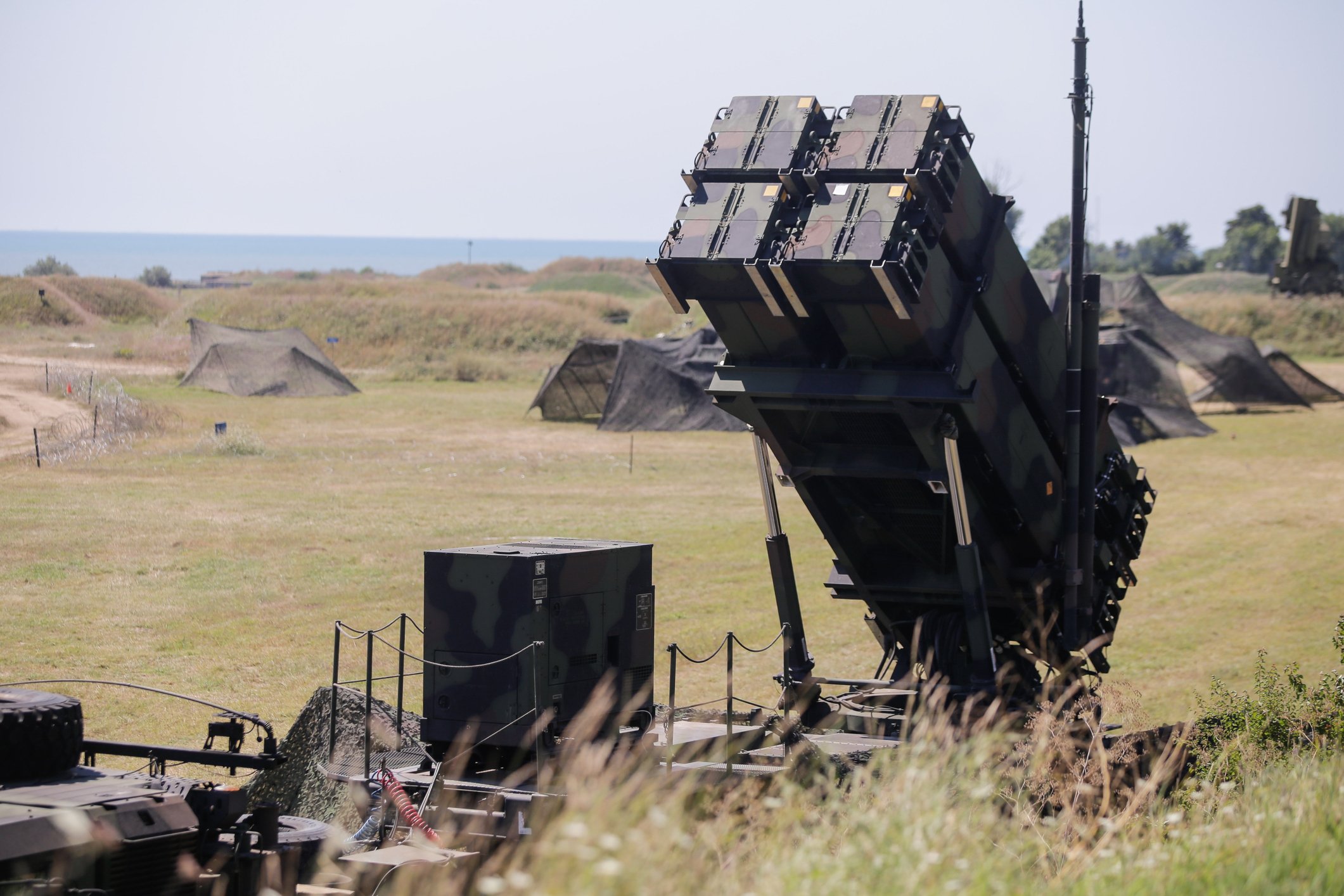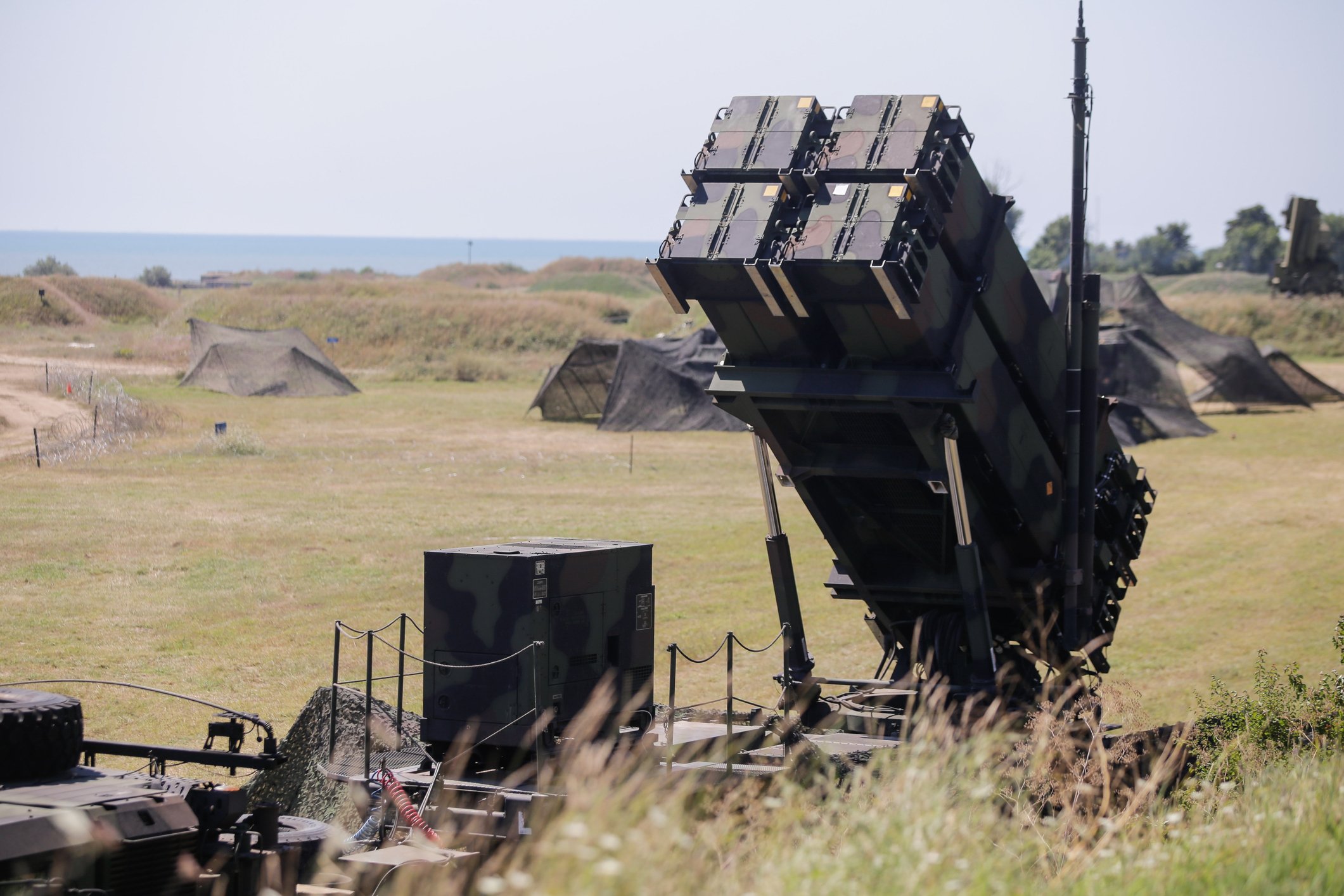
An F-35B Lightning II aircraft lands aboard the amphibious assault ship USS Wasp (LHD 1) during the second at-sea F-35 developmental test event. Source: U.S. Navy courtesy of Lockheed Martin by Andy Wolfe.
Thanks to an engine fire, Lockheed Martin's (LMT +4.72%) F-35 has been grounded. Further, thanks to this grounding, the F-35 won't fly at Britain's Royal International Air Tattoo, or RIAT, and could miss the Farnborough International Airshow, which starts on July 14.
Moreover, this latest development is just part of a series of problems plaguing the F-35, which now has a revised price of $398.6 billion just for accusation and development. Accordingly, this leads to the question: Is it time to kill the F-35?
Sky-high costs and massive problems
The F-35 is no stranger to problems. In addition to its recent engine fire, the F-35 is billions over budget, almost a decade behind schedule, and plagued by technical flaws. Plus, critics like Sen. John McCain are quick to point out that while the F-35 is supposed to reach initial operating capability in 2016, it will only do so by using a less lethal version of the software.

F-35 Lightning II. Photo credit: Lockheed Martin via Northrop Grumman.
Furthermore, both Boeing (BA +3.05%) and USAF Col. Michael W. Pietrucha have questioned the F-35's ability to survive evolving threats, and this isn't the first time the F-35's been grounded due to engine problems. In early 2013, the F-35 was grounded due to a crack in the plane's engine -- and that's not the only issue.
Chronic engine problems
Unfortunately, the F-35's recent engine fire isn't the first glitch to face United Technologies' (UTX +0.63%) Pratt & Whitney made F135 engine. In fact, according to defense-aerospace.com, some of the F135's engine problems include: burning hotter than desired, repeated problems with the turbine blades, problems with the redesigned engine including failure to meet specifications, significant test failures, and a major oil leak -- which happened on June 13, just 10 days before the June 23 engine fire.
More importantly, as defense-aerospace.com points out, these complications -- many of them recurring -- could indicate that the F135 engine has serious design and structural faults.
No "kill" order, yet...
So far the good news for Lockheed is that despite all of its problems, U.S. lawmakers still seem committed to supporting the F-35. Florida Sen. Bill Nelson described the recent engine fire as a "hiccup," and even longtime F-35 critic Sen. McCain said, "In some ways [the F-35's] too big to fail, but it's a debacle. We've been fighting this battle of cost overruns and glitches for a number of years," reports The Hill.

F-35. Photo credit: Lockheed Martin via Northrop Grumman.
Plus Frank Kendall, Under Secretary of Defense for Acquisition, recently told the House Armed Services Committee that, "There's a growing body of evidence that this may have been an individual situation, not a systemic one. But we don't know that for certain at this point in time."
The bad news is that the problems facing the F-35 continue to crop up, and one has to wonder how long the Pentagon will continue to support this program. Further, as Reuter's reports, a failure to appear at both the RIAT and Farnborough could cost Lockheed F-35 sales, as several countries are "weighing orders" for the F-35 and a grounding isn't exactly the best sales pitch.
What to watch
When it comes to Lockheed's bottom line, arguably no program is as important as the F-35. In 2013, the F-35 made up 16% of Lockheed's total consolidated net sales, and when Lockheed reported its first-quarter results for 2014, it said, "Aeronautics' net sales for the first quarter of 2014 increased $200 million, or 6 percent, compared to the same period in 2013. The increase was primarily attributable to higher net sales of about $190 million for F-35 production contracts due to increased volume."
As such, anything that negatively, or positively, impacts the F-35 program is something to watch. Hopefully, whatever caused the latest engine problem will be an "easy" fix, and Lockheed's F-35 will return to the skies. However, the recurring engine problems could be cause for investor concern -- no matter how advanced it is, a warplane isn't much good without a working engine. Consequently, this is something investors should continue to closely monitor.








